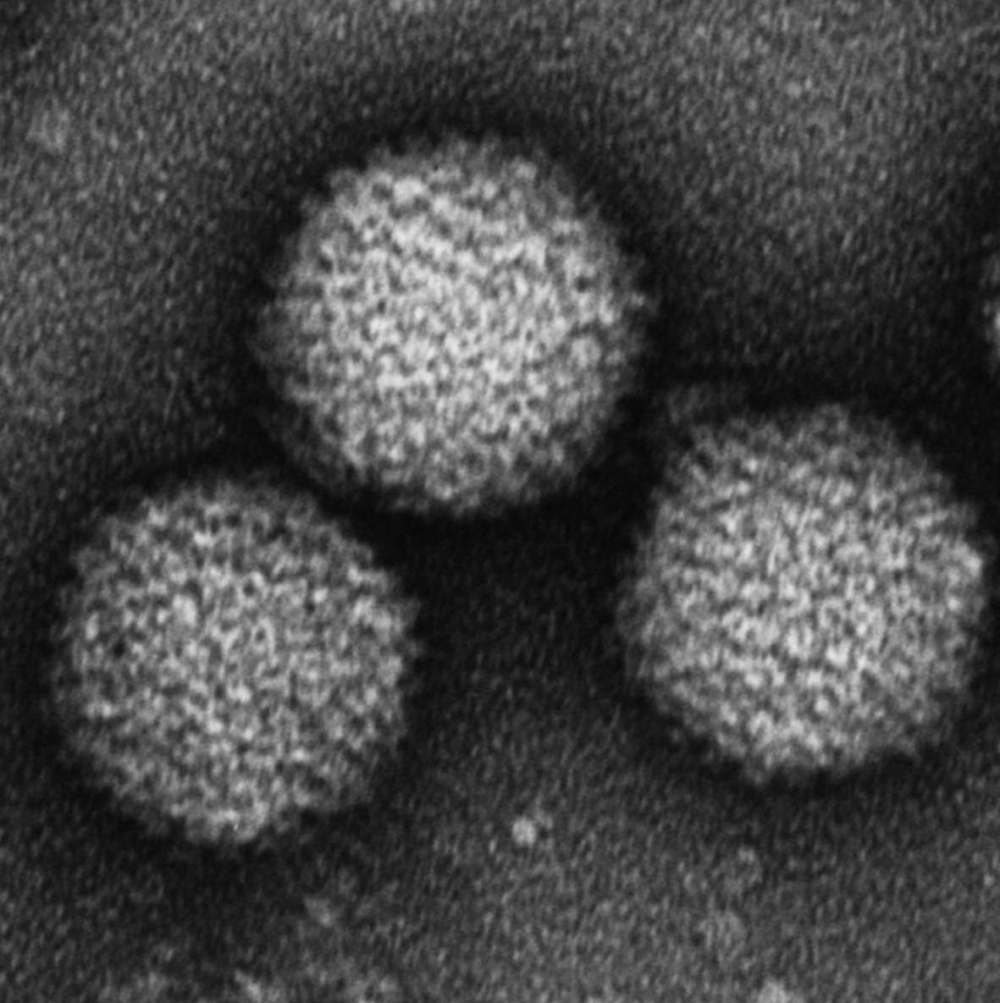Infection
‘Pool fever’ cases reach highest level in a decade in Japan
The number of reported cases of so-called swimming pool fever in Japan has reached a decade high, according to a survey by the National Institute of Infectious Diseases.
Cases of pharyngoconjunctival fever, a summer cold that is common among children and is often spread in swimming pools, have increased to levels warranting alerts in Osaka and Fukuoka prefectures.
Local governments are calling for infection prevention measures such as washing hands and gargling.
Pool fever is caused by adenovirus infections. Symptoms such as fever, headache, fatigue and pinkeye appear after an incubation period of between five and seven days. Most are said to heal naturally.
The disease is often transmitted by droplets and contact through shared towels. Children are often infected in swimming pools, but they can also be infected elsewhere.
According to the institute, the average number of pool fever patients reported in the week through Sept. 17 at some 3,000 monitored pediatric hospitals came to 1.45 per institution, having risen from the previous decade high marked a week earlier.
By prefecture, the average patient count stood at 4.65 in Fukuoka and 4.09 in Osaka, exceeding the alert threshold of 3.
The fever is spreading especially in the Kansai region. The figures in Kyoto, Nara and Hyogo prefectures reached 2.95, 2.88 and 2.19, respectively.
In response to the outbreak, the Osaka Prefectural Government has on its website called on people to wash hands with soap, gargle and avoid sharing towels. It is also urging infected people to rehydrate and exercise caution as the virus can be found in urine and feces for about a month after symptoms end.

